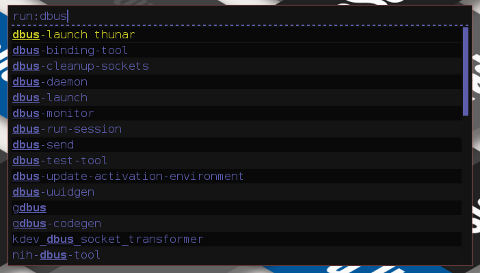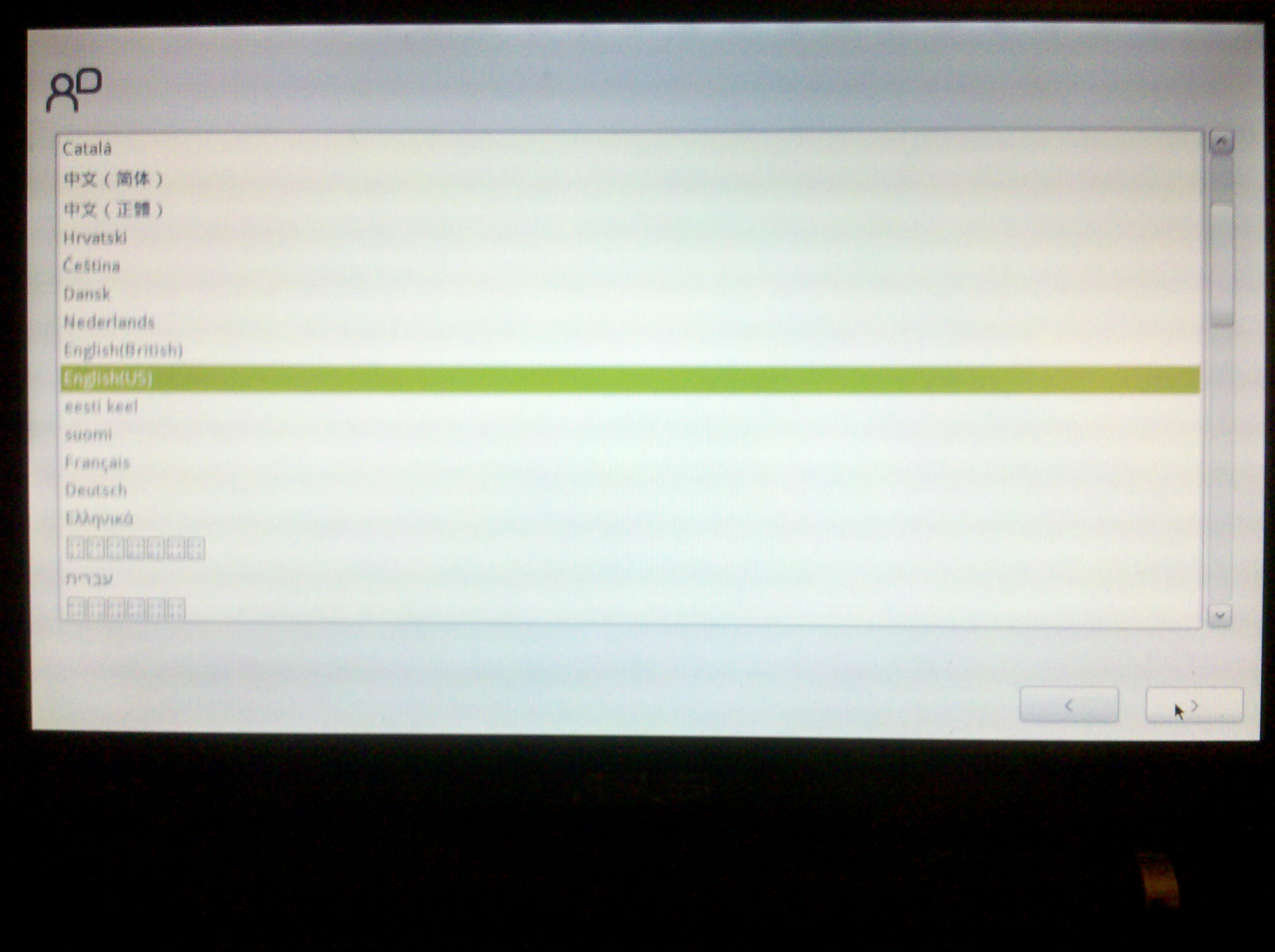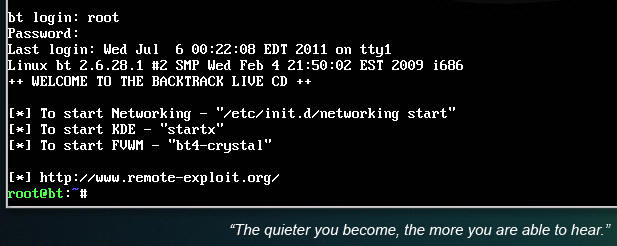

So do not use gnome-shell or unity or modern things when doing this experiments, or you could mess up your configuration. Notice: modern desktop environments are not designed to run simultaneously, for the same user, in two different consoles. and if you feel really adventurous, you can start a native session on another virtual console (read the other answers) by going to one of them with Ctrl-Alt-F1, loggin in, and startx ~/test (You can have the menu by clicking on the "Xnest" desktop). and you have a 80ies workstation screen: Startx ~/test - /usr/bin/Xnest -ac :1 -geometry 800圆00 As I said, most new systems do not have sensible defaults for startx alone.).
#STARTX ONLY RUNS AS ROOT INSTALL#
Sudo apt-get install xfonts-100dpi xfonts-100dpi-transcoded xfonts-75dpi-transcoded xfonts-75dpiī) write this file somewhere, for example in you home dir, and call it ~/test: #!/bin/bashĬ) Run (notice: startx is normally run with first the client command, then a double dash, and then a server command. Fvwm is a very simple window manager which was very popular back then. Xnest is a graphic server-within-a-server, a kind of server that will open as a window in your normal system. If you want to experiment and the feel the good old times, the best thing is doing the following:Ī) install Xnest and fvwm. Modern systems are thought from the bottom up to have a graphical system running all the time, so no one has probably checked the working of startx for ages - that explains a lot of strange behavior you can have. By default the commands that are run are in ~/.xinitrc file in your home directory, or some generic system file otherwise. Startx basically runs an Xserver (the graphical "driver") and a command which run on it, which is typically a window manager.

So when you needed a graphical interface you just started it with startx (2). Most Unix computers were used for scientific computations and simulation in multi-user environments, and the graphic interface running on them would reduce the memory and CPU power available to them. However, none of these is actually the X server, and although xinit starts the server, the server executable often has the setuid bit set, meaning even though xinit has a non-privileged UID, X will still run as root.Once upon a time(1), when the memory of the computers was measured in kilobytes and the disks in megabytes, running the graphic interface all the time was considered harmful. You could also try dm, since display managers usually have this in their name ( gdm, etc). If nothing turns up, try ps -fA | grep X this one involves more clutter.įinally, if there is no process with capital X in its name, try x you may at least find commands used to control it, such as startx or xinit. If this is 0, then the process is running root. This removes the column headers, but the UID is the numerical one on the left. Since it almost certainly at least has capital X in it (e.g., Xorg, X11), an alternative is to filter through grep: ps -o uid,comm -A | grep X This presumes that the executable is called X - if there's no such process, you will have to target something else.

Will give you information for all the X servers that are running (there can be more than one).

There are a few ways to output the user ID (UID) with ps a simple one is with -f: ps -fC X


 0 kommentar(er)
0 kommentar(er)
